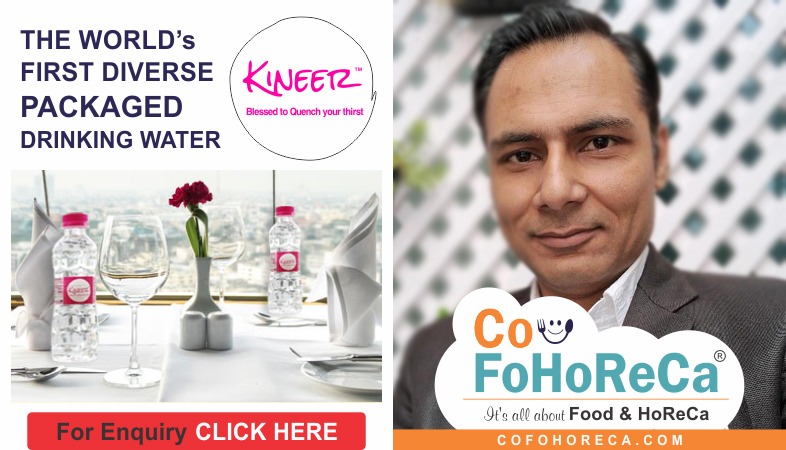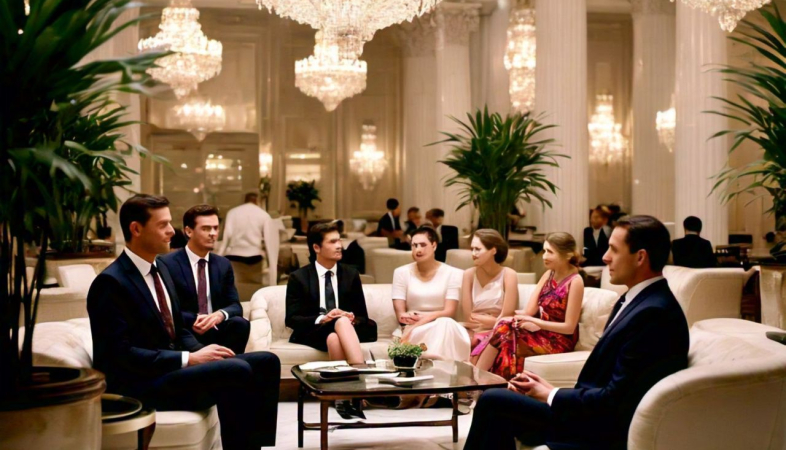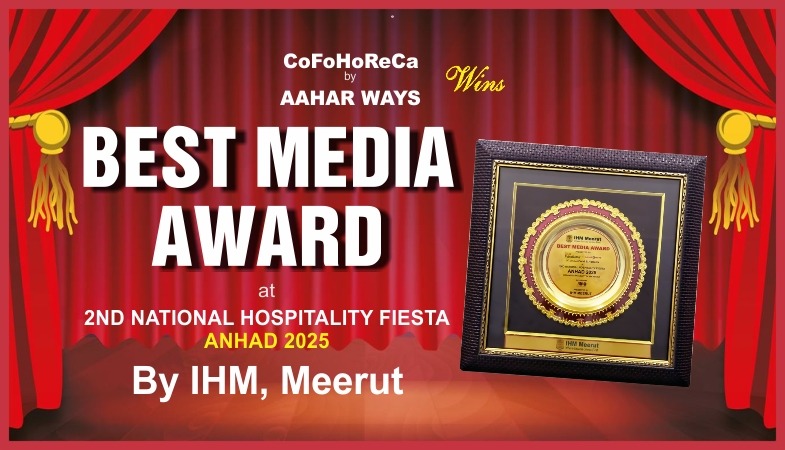Restaurant and Hotel Marketing: The Shift from Aesthetic to Authentic
Travelers and diners no longer just want to see an idealized version of a restaurant or hotel; they crave real experiences, genuine interactions, and transparency in branding.
The hospitality industry has long relied on visually
appealing marketing to attract customers, with perfectly curated images of
plated dishes, luxurious hotel suites, and picturesque views dominating social
media and advertisements. However, the landscape of restaurant and hotel
marketing is shifting, as modern consumers seek authenticity over perfection.
Travelers and diners no longer just want to see an idealized version of a
restaurant or hotel; they crave real experiences, genuine interactions, and transparency
in branding.
Authenticity in marketing begins with storytelling. Instead of showcasing heavily edited images, brands are now sharing behind-the-scenes content that highlights the people, processes, and values that make their establishments unique. Hotels are introducing guests to their staff through social media, while restaurants are documenting their farm-to-table sourcing journeys, allowing customers to feel a deeper connection to the brand. Personal narratives, such as a chef’s inspiration behind a dish or a hotelier’s vision for creating a memorable stay, resonate far more than a polished advertisement ever could.
User-generated content has become a powerful tool in this shift. Rather than relying solely on professional photography, businesses are encouraging guests to share their real experiences through reviews, social media posts, and testimonials. A candid photo of a guest enjoying their stay or a diner raving about a dish carries more credibility than a staged photoshoot. Featuring authentic customer interactions builds trust and encourages others to engage with the brand.
Transparency is another key factor driving the move toward authenticity. Consumers are increasingly conscious of business ethics, sustainability efforts, and operational integrity. Hotels and restaurants that openly discuss their commitment to eco-friendly practices, fair labor policies, and local sourcing gain favor with socially conscious customers. Rather than vague claims of “going green” or “using the finest ingredients,” businesses that provide details—such as reducing single-use plastics or working directly with local farmers—create a stronger and more credible brand image.
Interactive engagement is also reshaping hospitality marketing. Restaurants and hotels are using social media not just as a promotional platform but as a space for two-way conversations. Responding to reviews, engaging with customer comments, and hosting live Q&A sessions create a sense of community and approachability. Brands that acknowledge feedback, both positive and negative, demonstrate their commitment to guest satisfaction and continuous improvement.
Finally, experiential marketing is taking center stage. Consumers want to feel immersed in a brand’s identity, whether through exclusive events, immersive dining experiences, or personalized stays. Hotels are offering curated itineraries based on guest preferences, while restaurants are hosting chef-led tasting sessions to deepen customer engagement. The goal is to provide experiences that go beyond aesthetics and create lasting emotional connections.
The shift from aesthetic to authentic marketing reflects a broader change in consumer behavior—people no longer just buy into what looks good; they invest in what feels real. By embracing storytelling, transparency, user-generated content, and interactive engagement, restaurants and hotels can build stronger, more meaningful relationships with their audience. Authenticity is no longer just a marketing trend; it is the foundation for long-term brand loyalty in the modern hospitality industry.
.png)




























